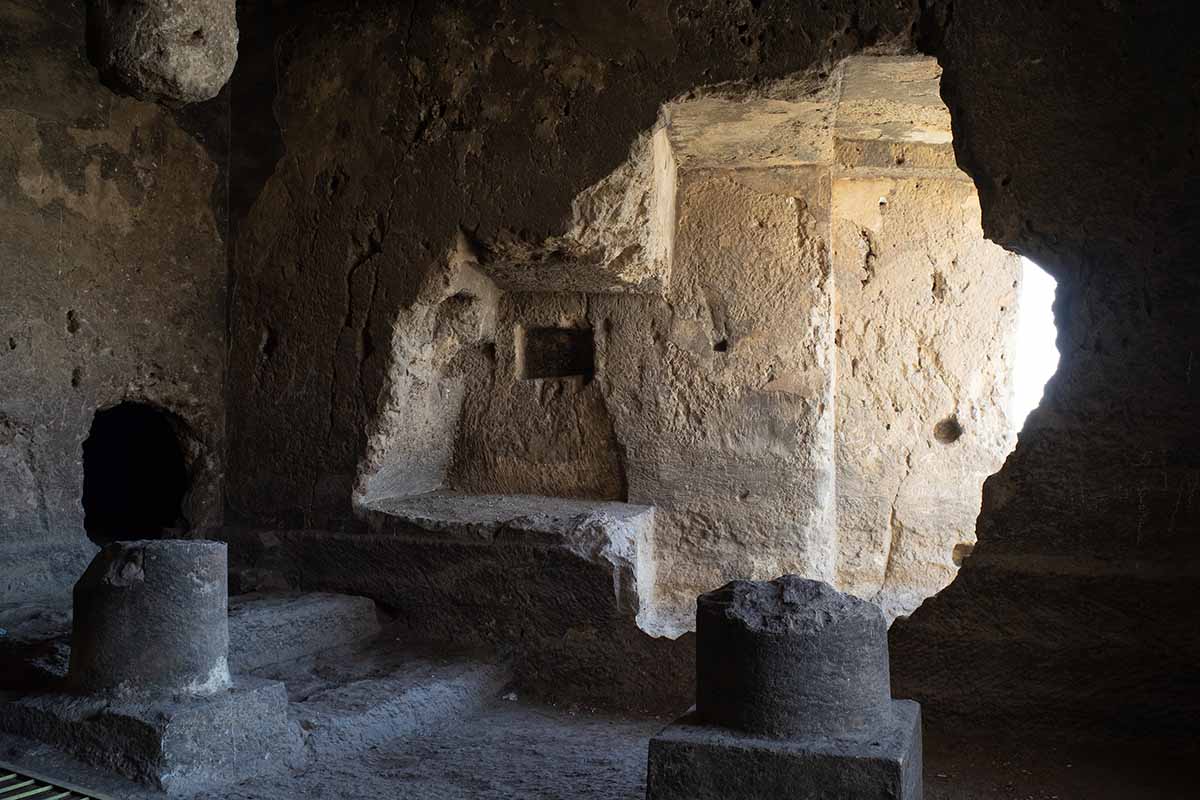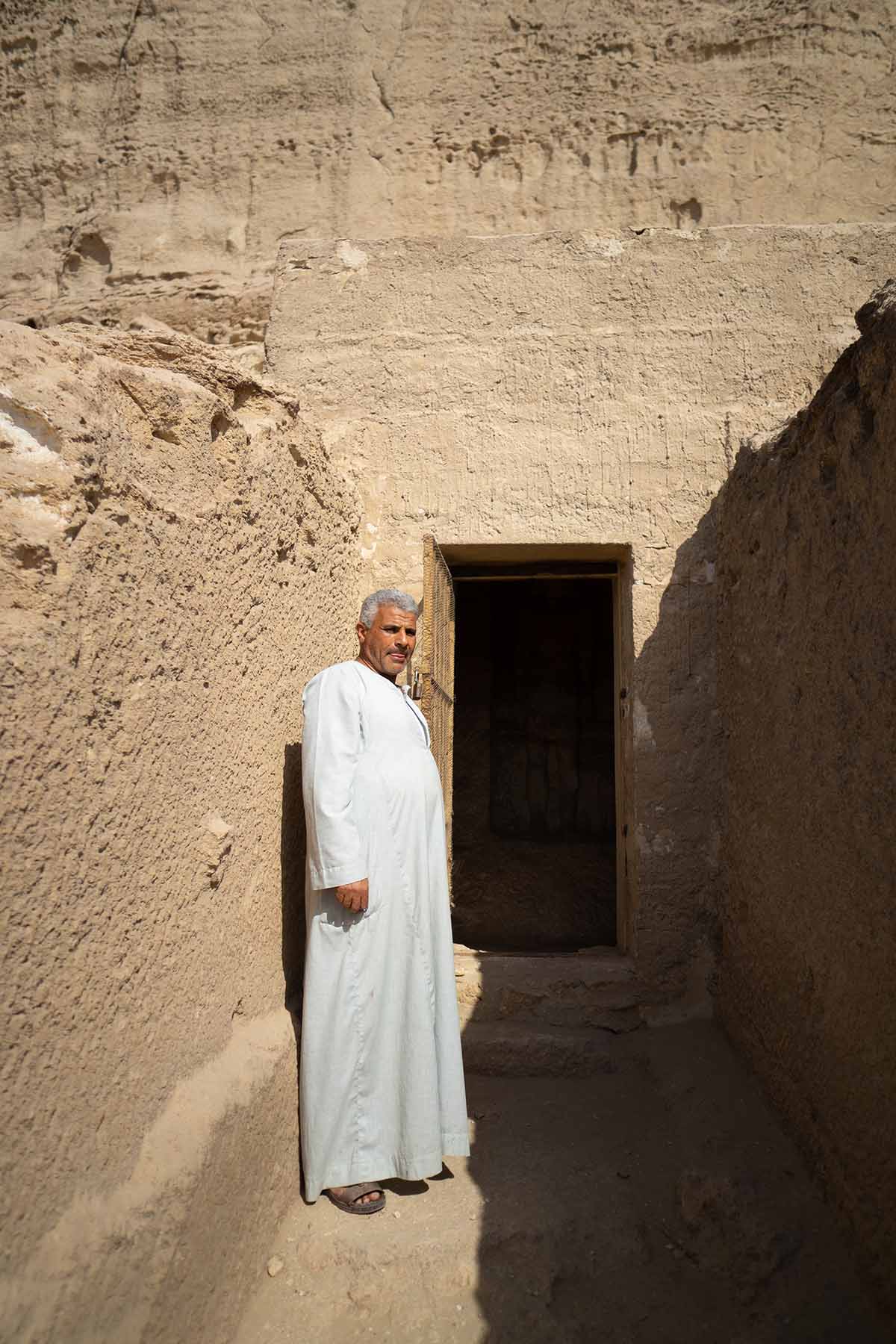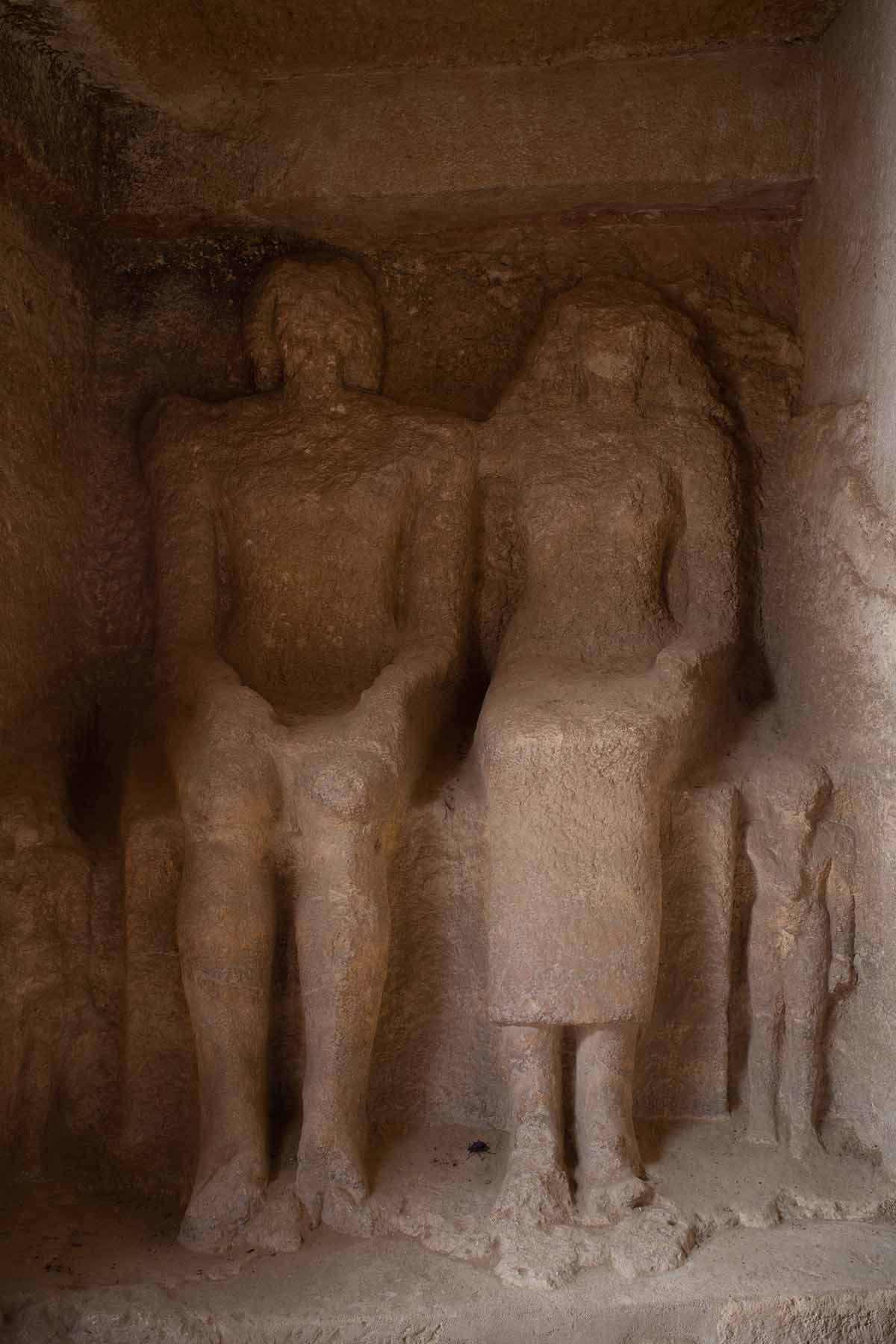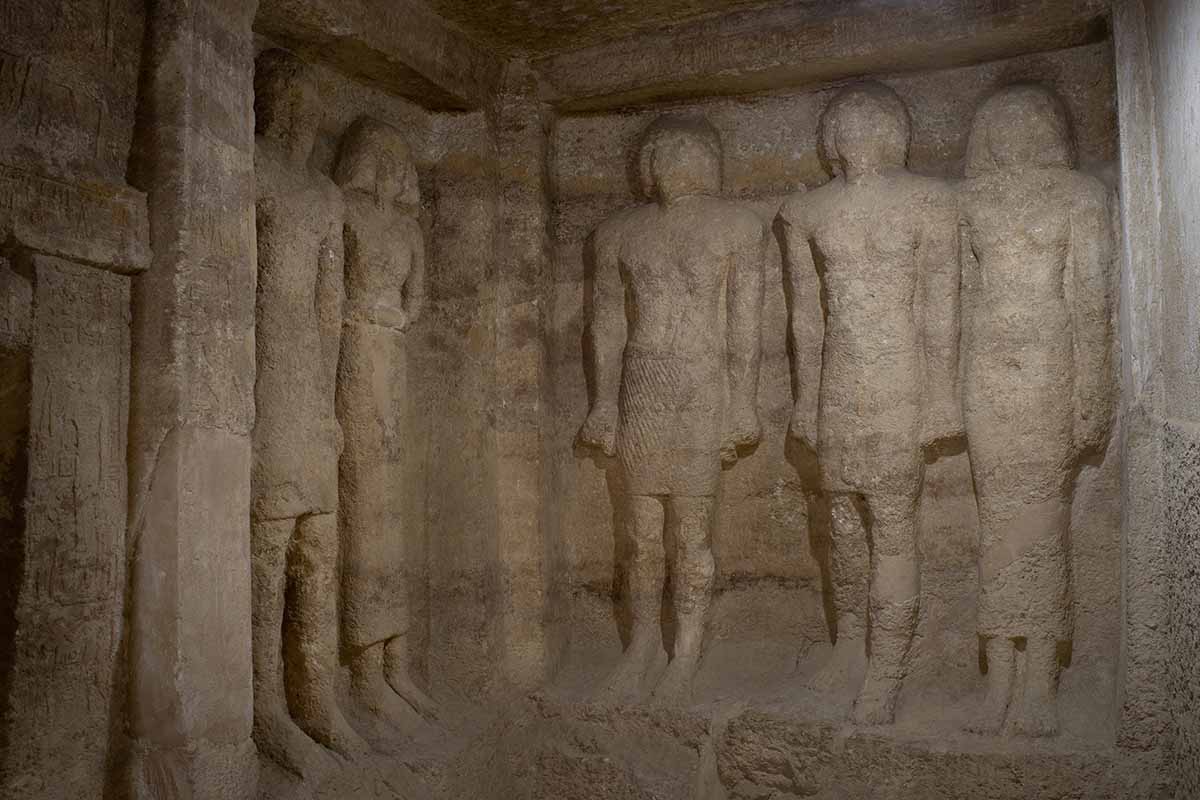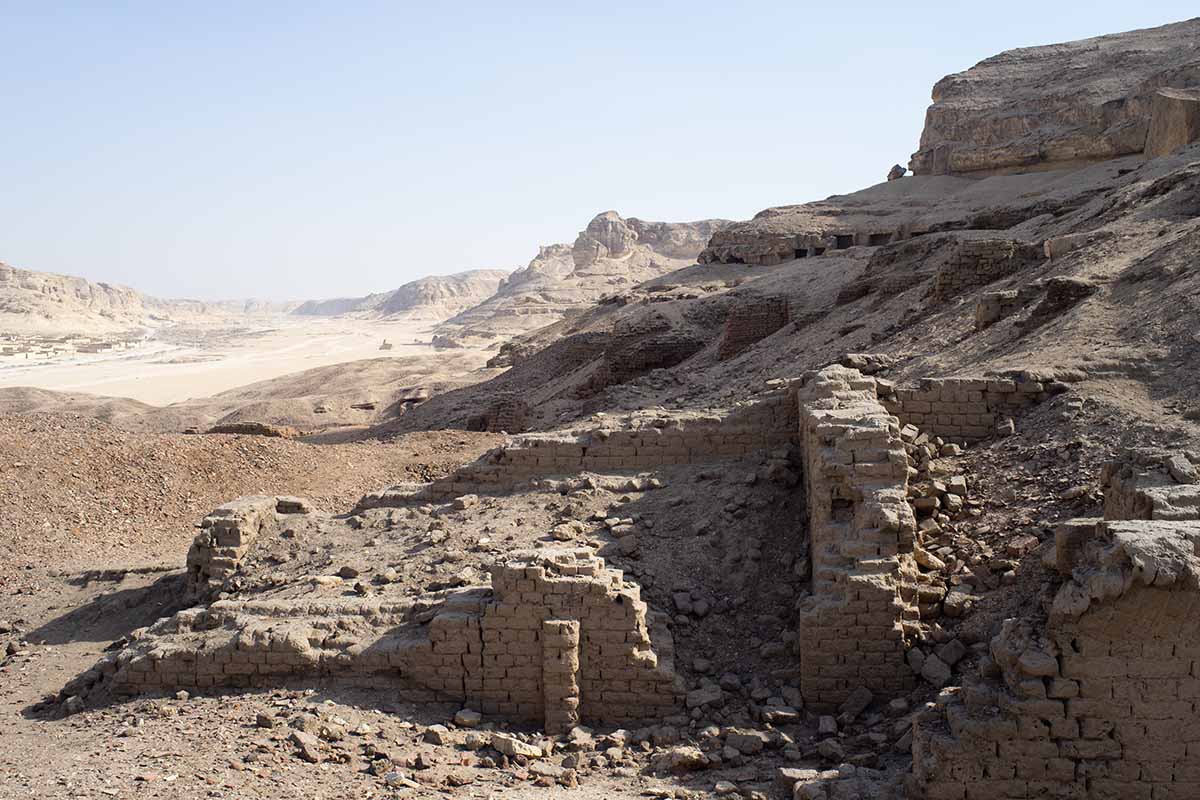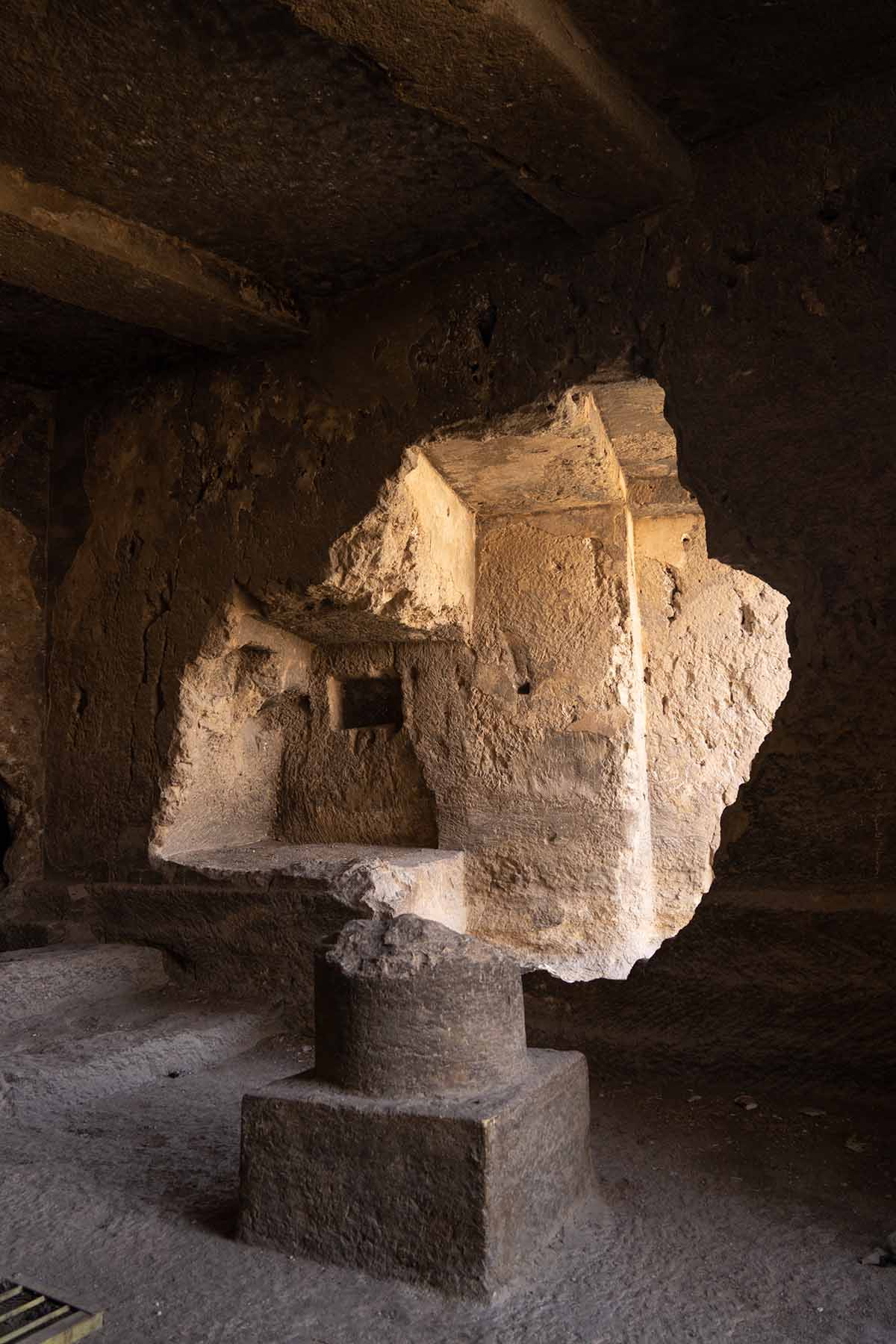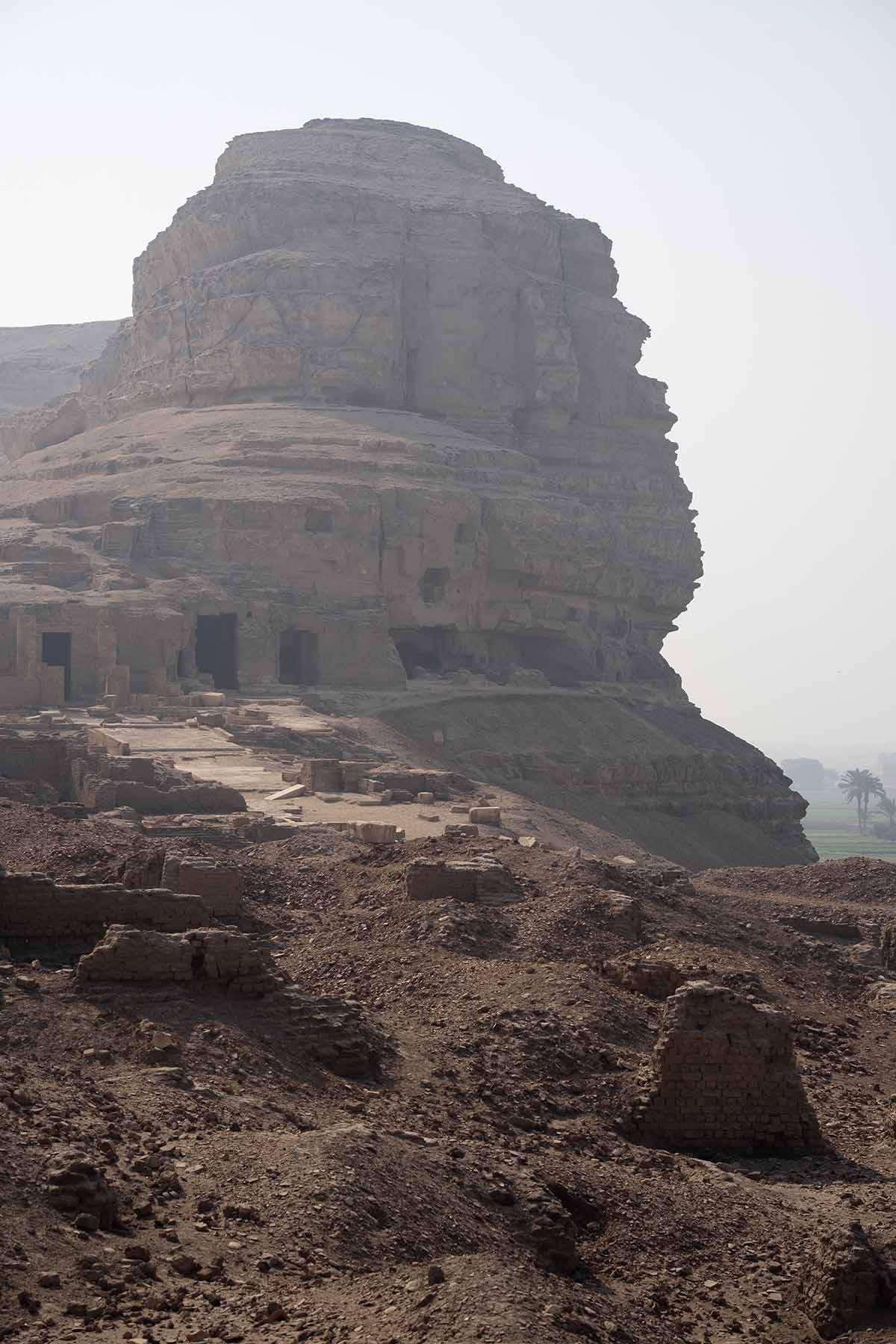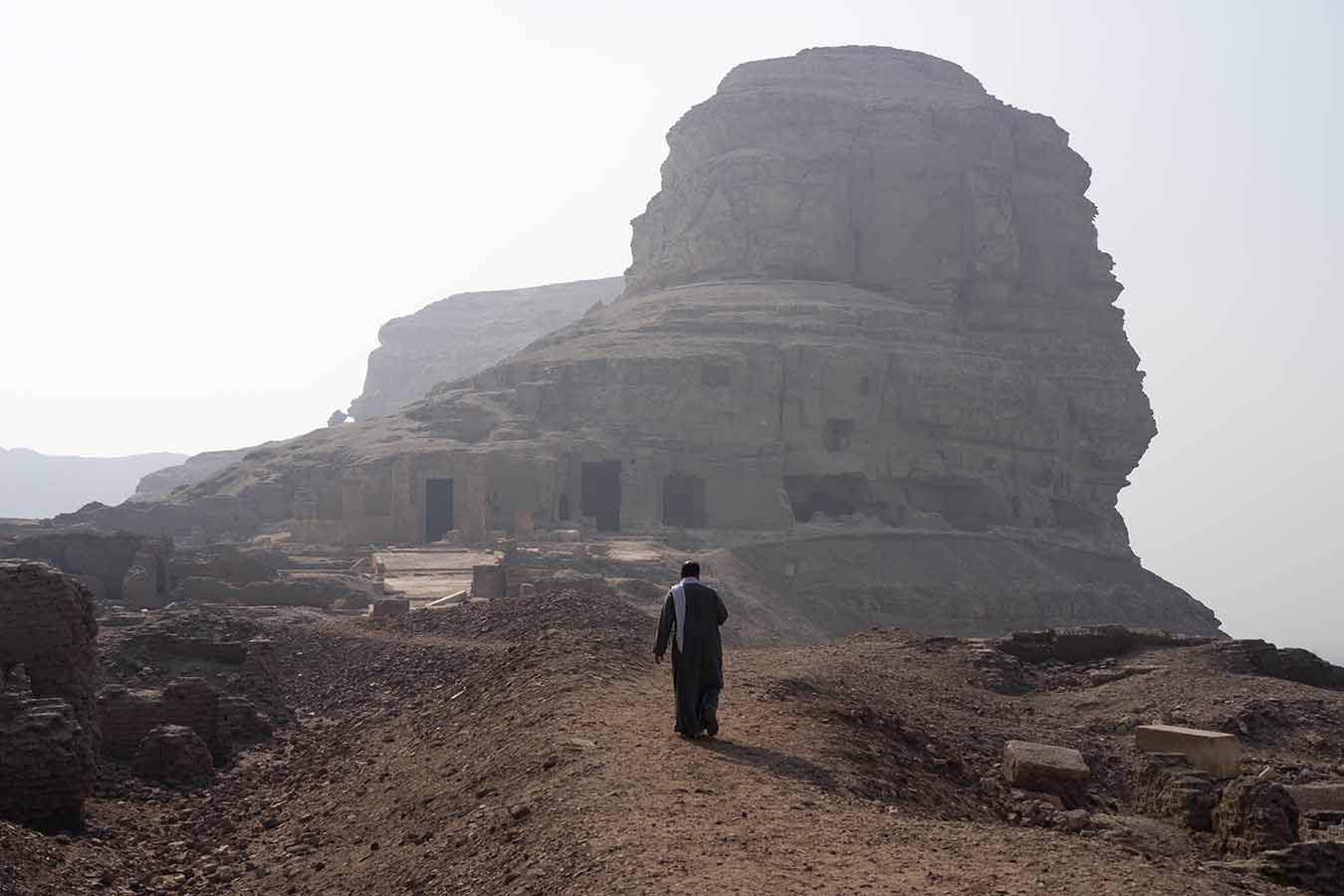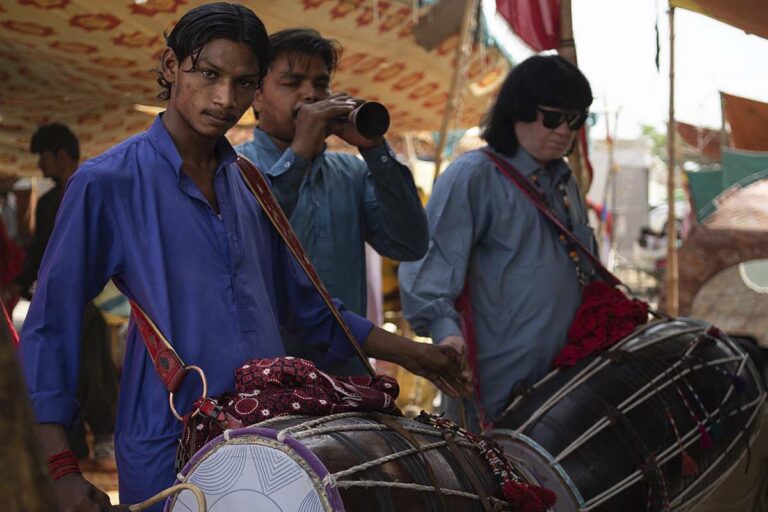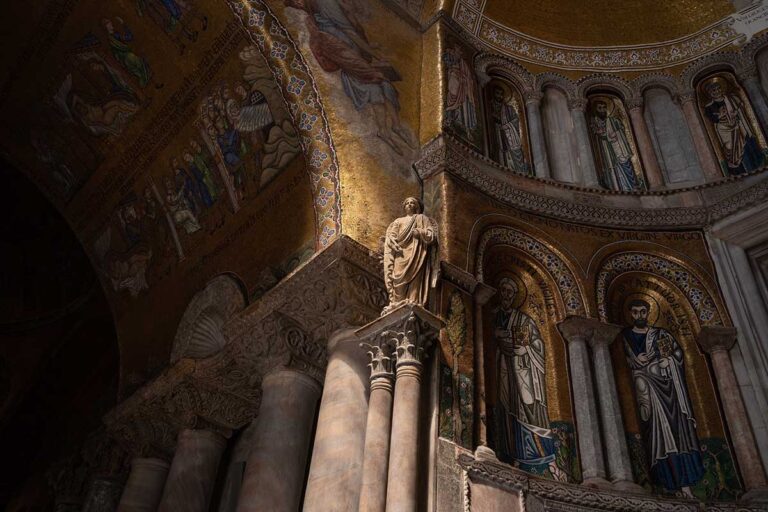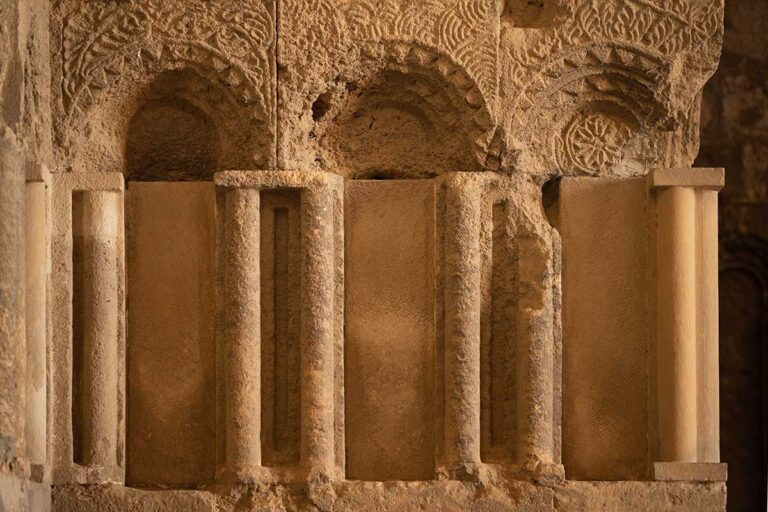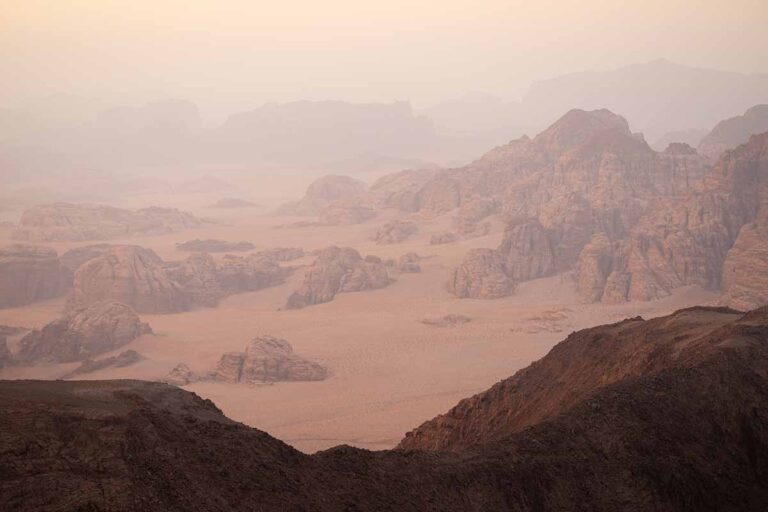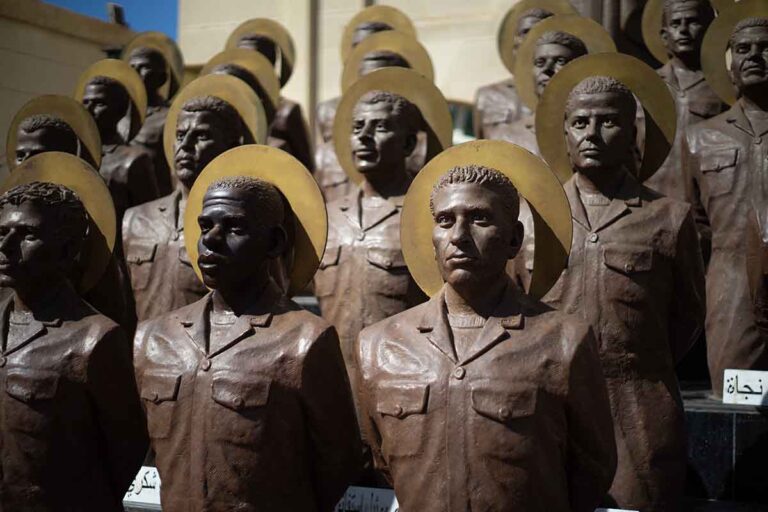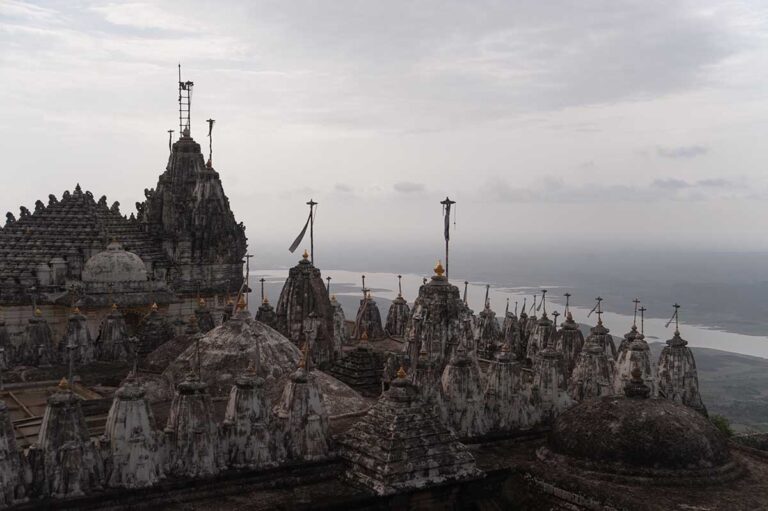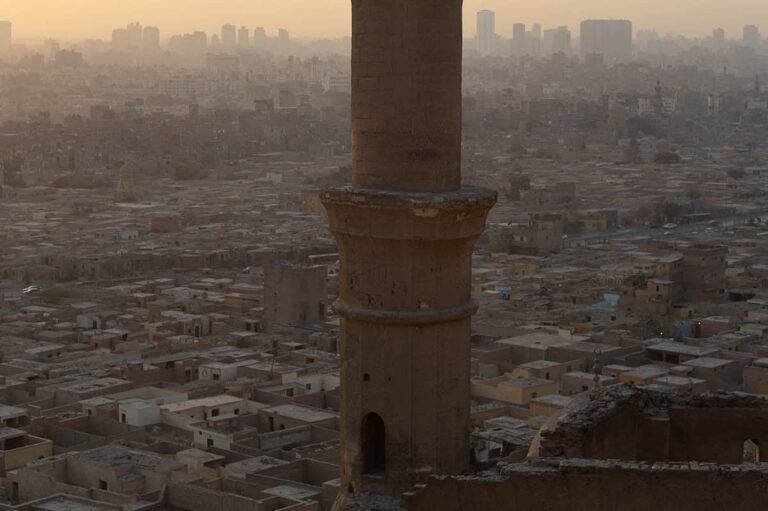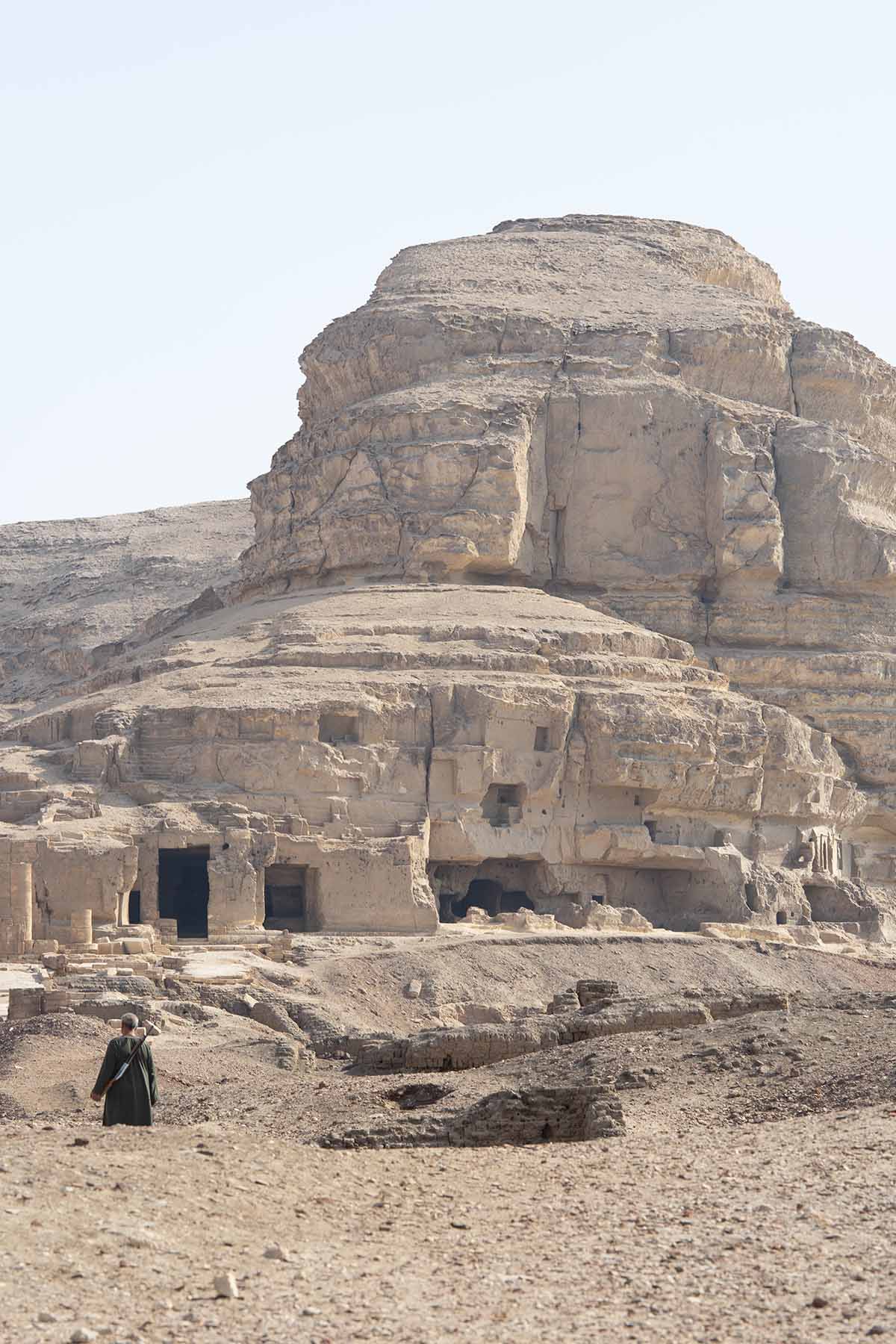
Carved into a ridge just east of the Nile near Minya is ancient Akoris, one of Middle Egypt’s unknown treasures, set beside the sleepy village of Tahna al Gabal. The oldest etchings here date back around 4,000 years. Still, surprisingly little is known of the place.
The Japanese team that’s been tasked with revealing some answers wasn’t here when I arrived. It was officially ‘closed’—until a bit of insistence and baksheesh convinced the guards to allow me a very brief glimpse, if only very grudgingly and only for the minutes it took to reach the cliffs and then turn back around.
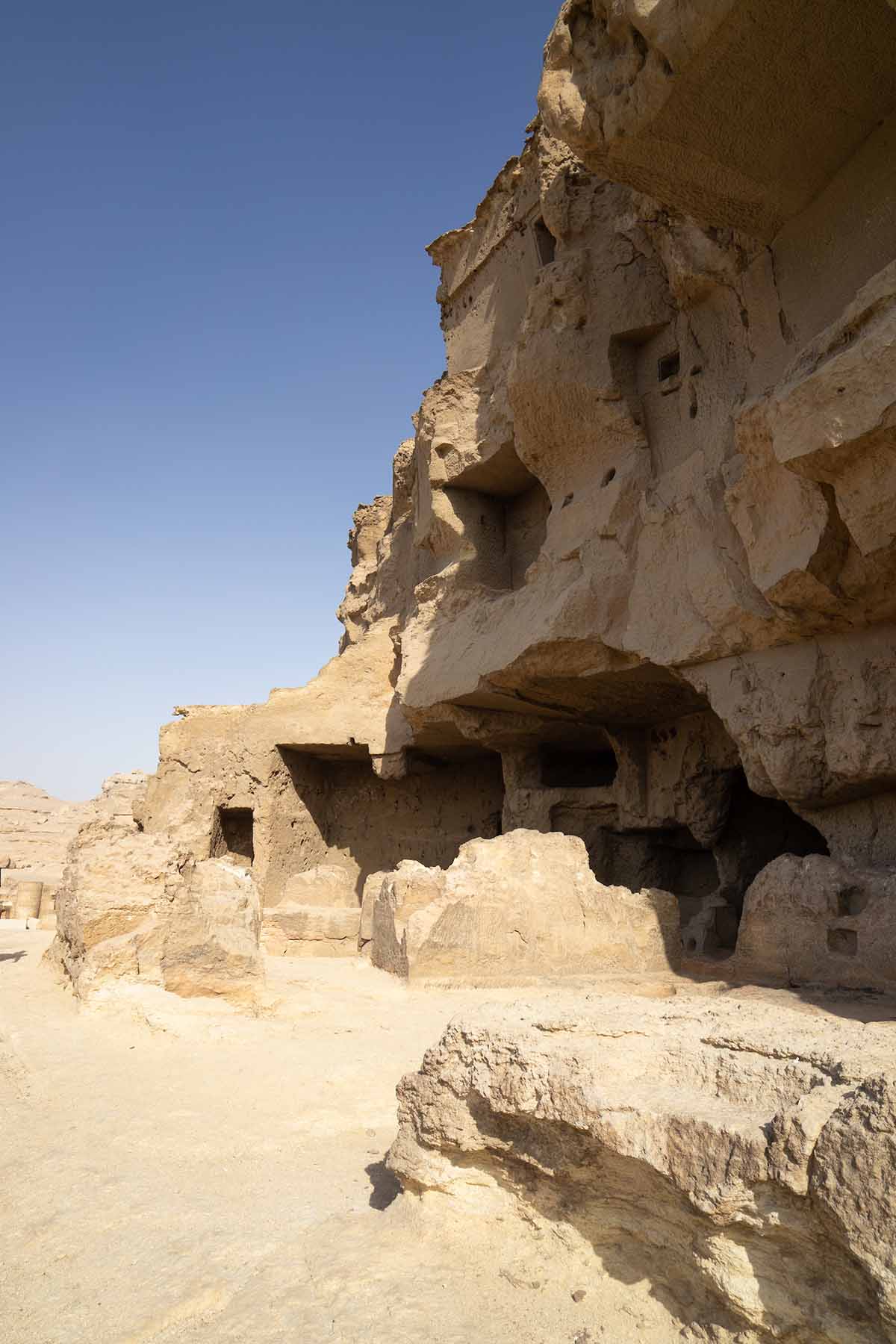
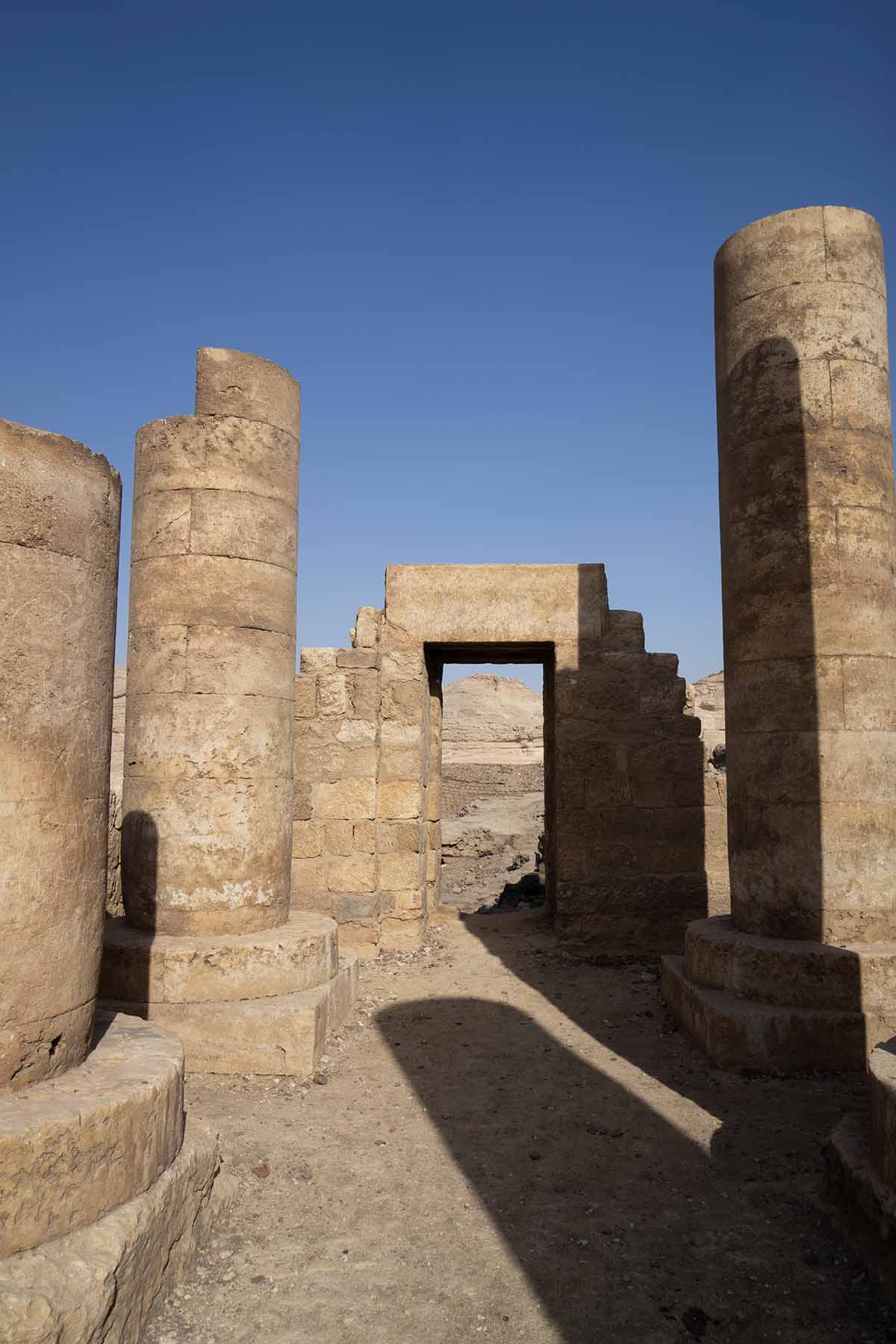
But the ruins are spectacular. As well as lots of Arabic graffiti, one of the caves looking out on the valley is covered in reliefs of Ramses III, while the Roman-era shrines to Hathor and Sobek—the crocodile god—climb several stories up the sandstone ridge, begging to be explored (if only I’d had the time!).
At least one cave was barred by an iron gate, beyond it a mummified crocodile, coated in dust. And it wasn’t alone. Looking a bit closer (see the photo below), there were several dessicated hides of incarnations.
Looking out over the stony hills to the east, it appeared that the lion’s share remains buried beneath a couple millennia’s weight of debris, likely a whole Roman city, later subsumed by Coptic churches and forgotten graves.
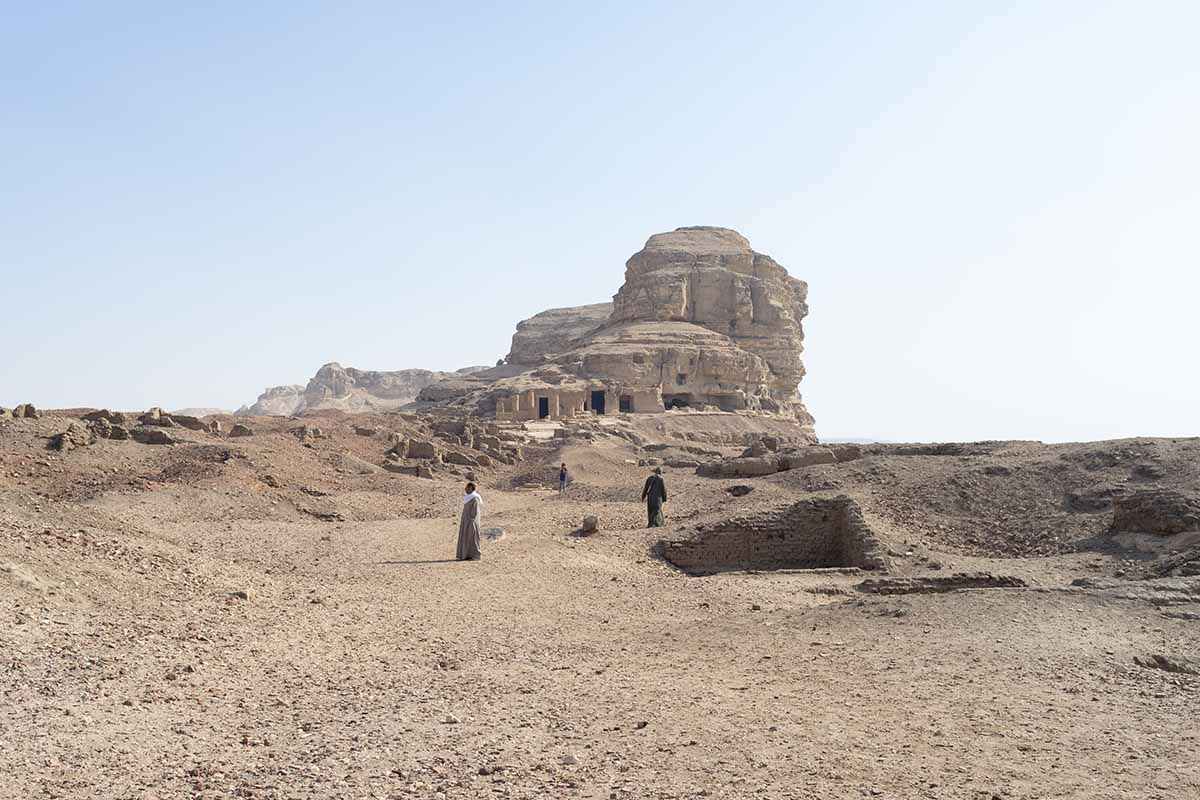
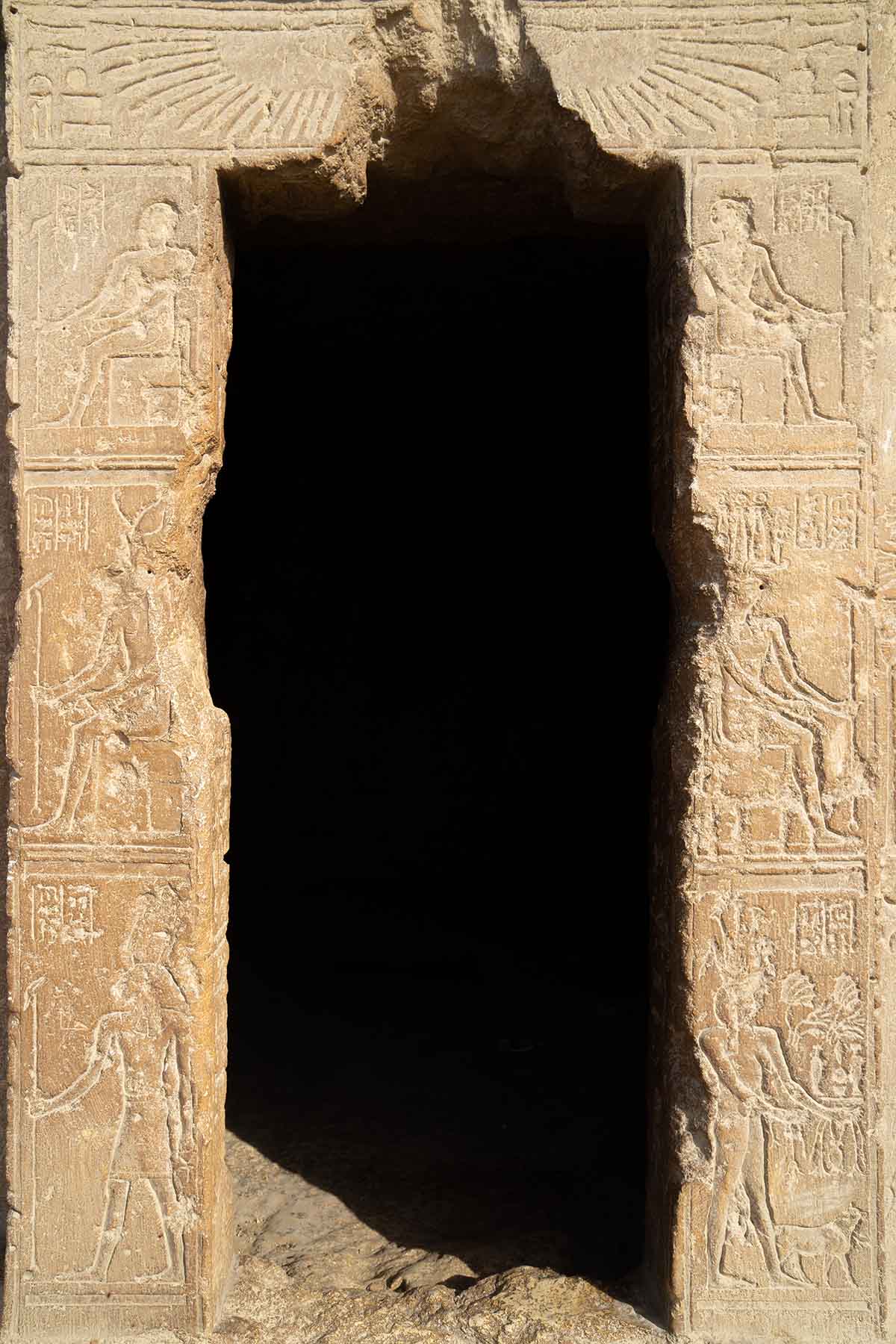
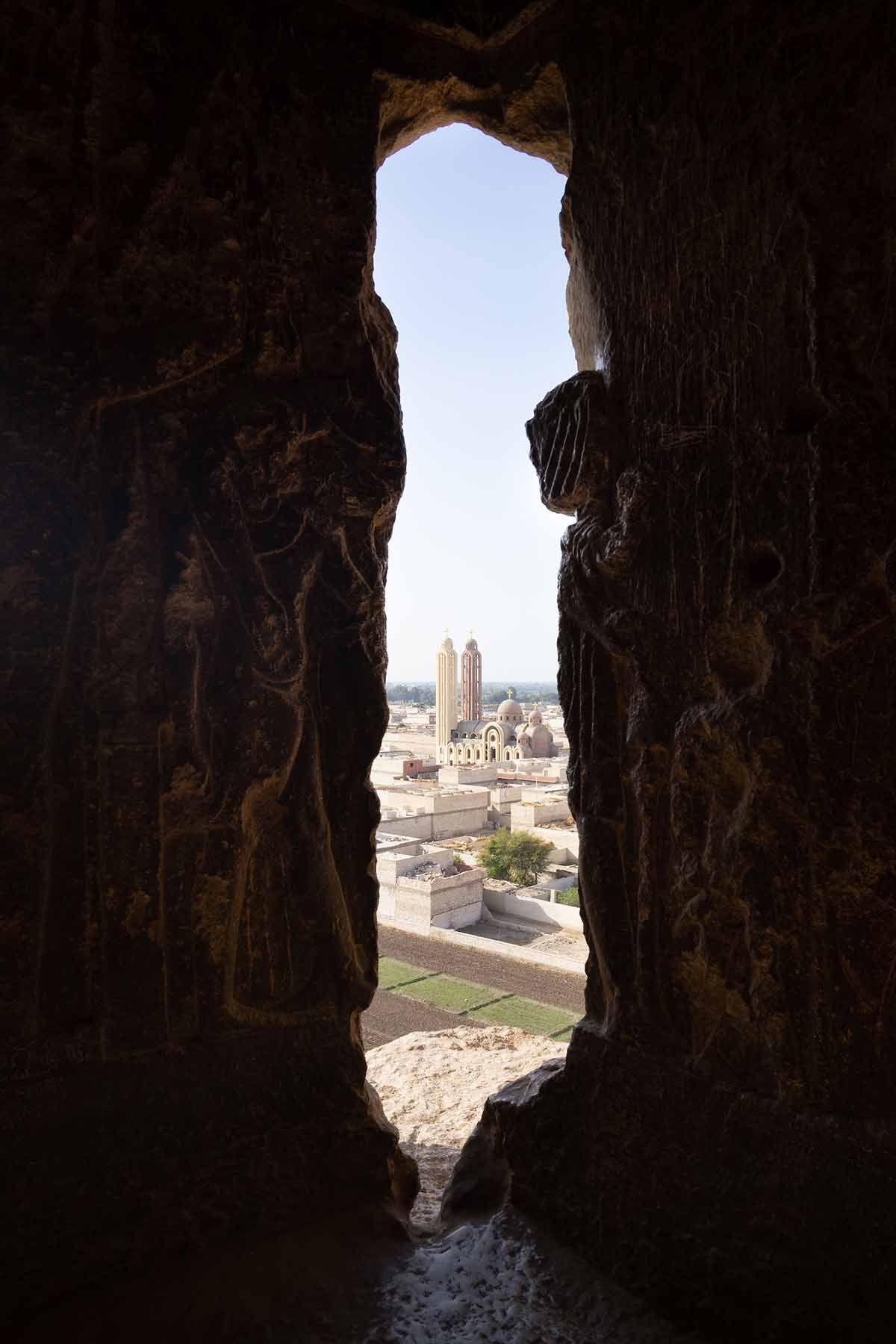

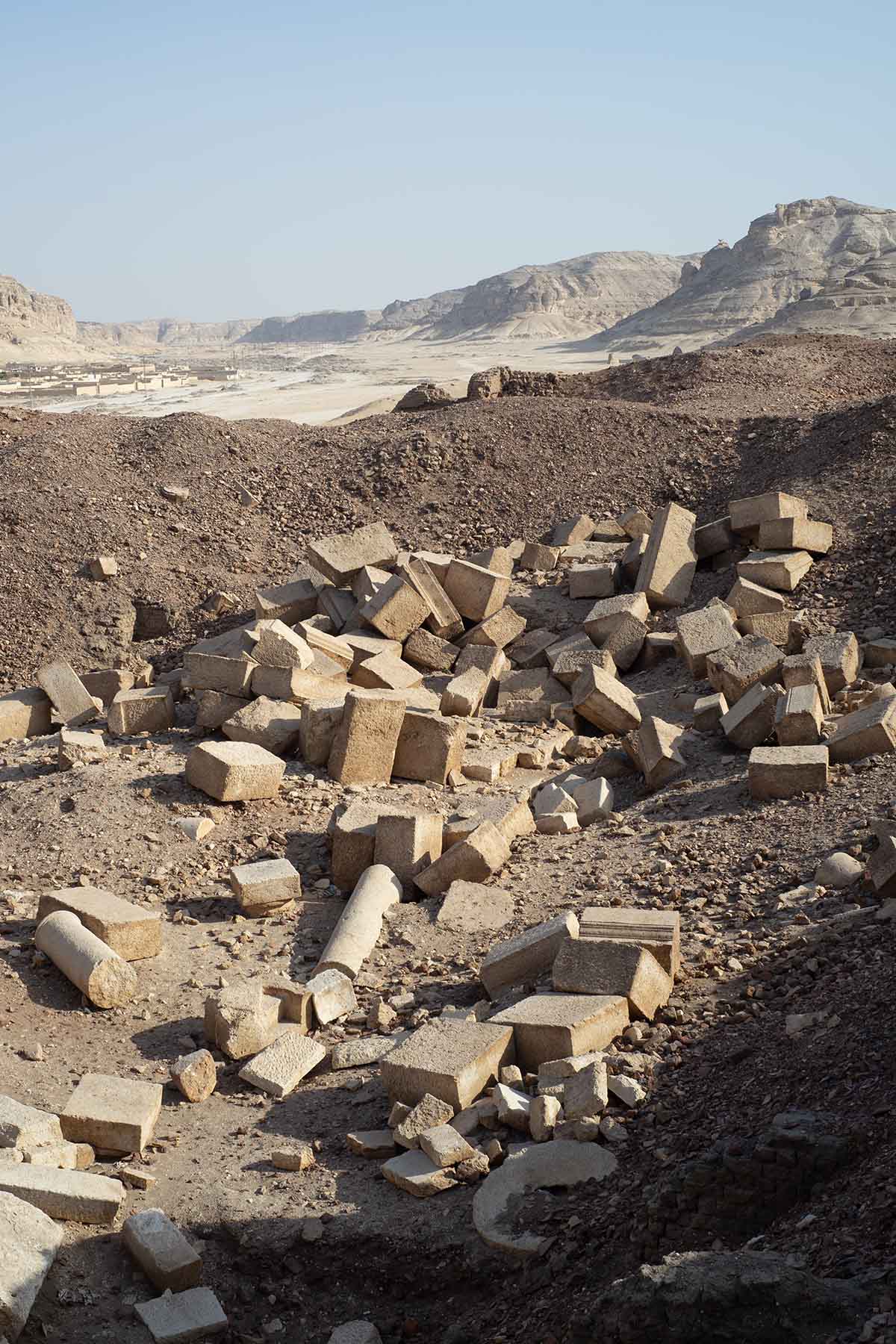
A short hop south, I stopped at the Old Kingdom ‘Fraser Tombs,’ which do see a trickle of tourists (there’d been one just the day before). Despite having been roused from his sleep, the guard here was far less grumpy about showing me into the site, carved into the foot of the same pockmarked ridge as at Tahna al Gabal.
Of these tombs, discovered in 1853, I was most impressed by the Fourth Dynasty family of Ny-ka-Ankh (four and a half millennia old). Carved here hand in hand, their lives overlapped with that of the builder of the smallest of Giza’s pyramid trio, Menkaure, over a thousand years before Abydos’ venerable Temple of Seti I.
Considering the wealth of historic sites around Minya and the near absence of visitors here (granted, in a region on edge for decades over the threat of Islamist violence), the bar for attention in these parts seems criminally high, maybe as high as anywhere on earth. Though right in the middle of the well-beaten path between Cairo and Luxor, Middle Egypt remains well off the tourist map—but perhaps not for long. I, for one (insha’allah), will be spreading the word about the crocodiles of Akoris.
